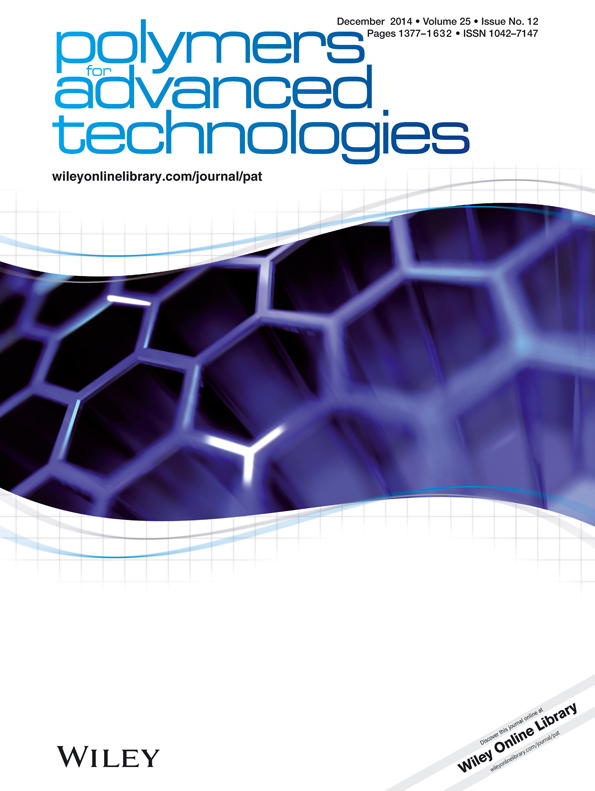An experimental investigation on the low-velocity impact behavior of 3D five-directional braided composites†
This article is published in Polymers for Advanced Technologies as a special issue on 2014 Global Conference on Polymer and Composite Materials (PCM 2014), edited by Prof. Moshe Narkis.
Abstract
This paper presents an experimental study on the low-velocity impact performance of 3D carbon/epoxy braided composite panels with different braiding parameters, which have the similar fiber volume fraction but different braiding angles (15°, 25°, and 35°). The low-velocity impact tests were conducted at three different energy levels of 15, 30, and 45 J. Impact response of the panels was recorded and analyzed in terms of peak load, absorbed energy, time, and deflection at peak load. The images of damage samples taken from impacted sides and non-impacted sides were evaluated for the damage area and failure patterns. Through analysis, they discovered that samples with bigger braiding angle sustained higher peak loads; moreover, the fiber was arranged more closely, and the shock resistance improved as the braiding angle is increasing. Copyright © 2014 John Wiley & Sons, Ltd.




